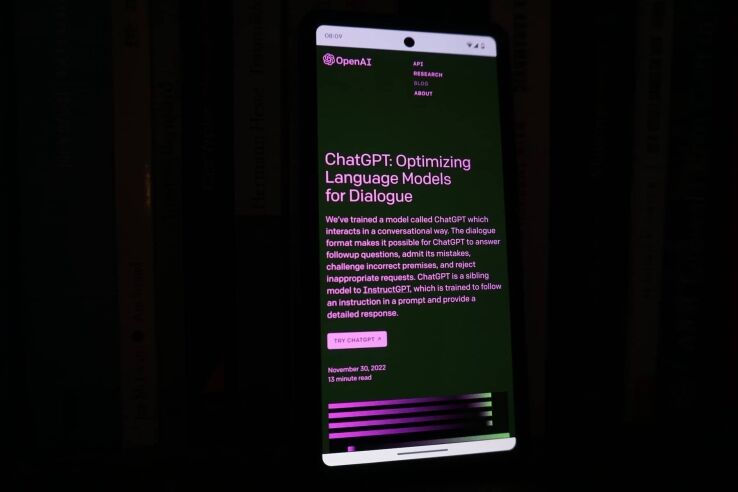What can GPT 4 do? Features explained
Let's take a look at GPT 4 features and where this new service takes AI

WePC is reader-supported. When you buy through links on our site, we may earn an affiliate commission. Prices subject to change. Learn more
GPT-4 boasts of being able to read, analyze, or generate up to 25,000 words of text, write code in all major programming languages, and understand images as input to reason with them in sophisticated ways.
OpenAI has also emphasized its focus on making GPT-4 safer and more aligned with user needs. The company has developed methods to continuously improve GPT-4, which includes making it less likely to respond to “disallowed content.”
GPT-4 has been tested on various benchmarks, including simulated exams designed for humans, and has outperformed existing large language models.
According to OpenAI, GPT-4 can place in the 90th percentile of test-takers for the Uniform Bar Exam, the certification test for lawyers. This makes it one of the most impressive language models ever developed.
GPT-4 represents a groundbreaking achievement in problem-solving capabilities, with the ability to generate useful answers to complex questions. For instance, it can help you solve problems like how to clean the inside of a tank full of piranhas.
Although the system’s ability to answer questions based on image depiction is not currently available to the general public, it is still an exciting development. With GPT-4’s enhanced safety features and its unparalleled capabilities, the possibilities for its application are endless.
READ NOW: What is Chat GPT?
What can GPT 4 do?
GPT-4 comes with a host of new features that set it apart from its predecessors:
- GPT-4 is a significant breakthrough in AI language models.
- It can handle a wide range of tasks, including problem-solving and generating essays and code.
- It has advanced reasoning capabilities and can solve complex problems with ease.
- GPT-4 is multilingual and offers high accuracy in multiple-choice questions across 26 languages.
- It’s a safer and more aligned system with a reduced likelihood of responding to disallowed content.
- GPT-4 can accept both text and images as input, making it capable of generating text outputs based on both.
- It can process image inputs similar to handling text inputs and offer responses to user queries as needed.
- GPT-4 is a multimodal system that can process more than one “modality” of information.
- It can perform well in languages other than English, including low-resource languages such as Latvian, Welsh, and Swahili.
- GPT-4 has a steerability feature that allows developers to customize and personalize their AI’s style and task.
- GPT-4’s reliability, creativity, and handling of nuanced instructions make it an impressive AI system with enormous potential for various applications.
READ NOW: ChatGPT vs Notion AI
GPT 4 features
GPT-4 is a significant breakthrough in the field of AI language models. It is a versatile tool that can handle a wide range of tasks, from problem-solving to generating essays and computer code.
One of the most significant improvements is its advanced reasoning capabilities. With a broader general knowledge and a deeper understanding of various domains than ChatGPT, GPT-4 is capable of solving complex problems with ease.
GPT-4 is also multilingual, offering high accuracy in multiple-choice questions across 26 languages. It’s a safer and more aligned system according to OpenAI, with a reduced likelihood of responding to disallowed content.
One of the most remarkable aspects of GPT-4 is its ability to accept both text and images as input, which makes it capable of generating text outputs based on inputs consisting of both text and images.
GPT-4 is capable of processing image inputs similar to handling text inputs. It can scan and read images and offer responses to user queries as needed.
GPT-4 can see and understand images, making it a multimodal system that can process more than one “modality” of information. This means that it can describe what’s in a picture, but it can also go beyond that by understanding the context and offering explanations.
GPT-4 is capable of performing well in languages other than English, including low-resource languages such as Latvian, Welsh, and Swahili.
Its steerability feature allows developers to prescribe their AI’s style and task by describing the directions in the “system” message, making it a customizable and personalized tool.
GPT-4 still has some limitations, including its tendency to create “hallucinations” and make up facts. Despite this, GPT-4’s reliability, creativity, and handling of nuanced instructions make it an impressive AI system with enormous potential for various applications.